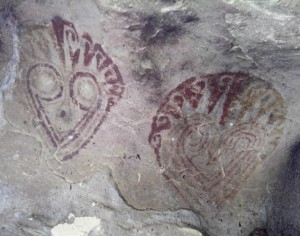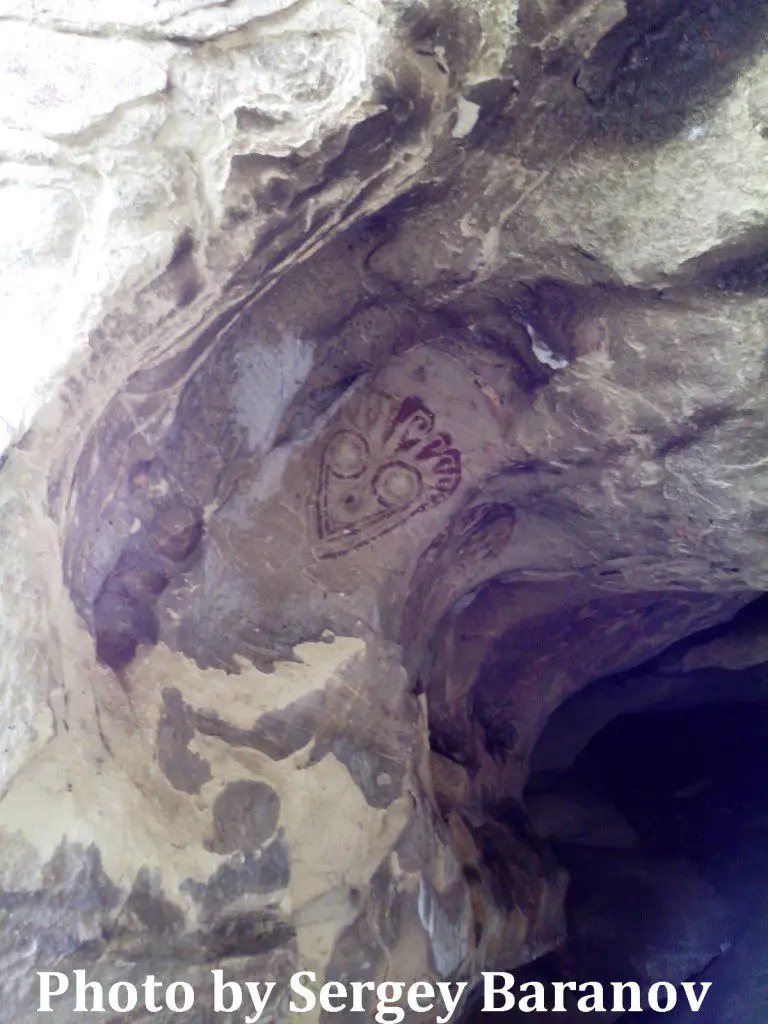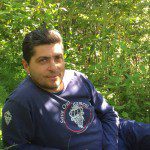Guest Writer for Wake Up World
I was fortunate to be invited to accompany a small group of people from Russia to travel together around Peru and Bolivia in April of 2013.
One of the travellers was a known Russian scientist, a Doctor in Sciences in the fields of biogeography, geography of the soils, ecology and evolution (Institute of Ecology and Evolution, Russian Academy of Sciences, 1994)
At first I was rather skeptical about the idea of introducing a scientist to plant-medicine shamanism. It was hard to imagine “professor” (our friendly nickname for him) using the sacred visionary cactus Huachuma (also known as San Pedro) and enjoying the metaphysical, spiritual realm while seeing himself and the world through a new lens of altered state of consciousness as he walked amongst the Andean peaks or stared at ancient cave paintings surrounded by poisonous snakes. Little did I know that he was leading expeditions in the Caucasus Mountains when I was still in kindergarten. Although the consciousness expanding plants never were his companions on his expeditions, he was physically and mentally fit and ready for a mystical journey.
Open and Alive
Right from the moment I picked up the group in Cusco airport, the Russian scientist asked me to call him by his first name and use the Russian word ‘’you’’ in the informal singular way, like a friend. There is no word in English to address a person in a formal singular, but there is a word in Russian, usually used when addressing someone you don’t know, older than you or higher in rank. Well, he asked to leave that courtesy behind before we left the airport. And even though I tried to call him as he asked, I still struggled to relate to him as such.
It wasn’t long before we bonded our friendship. His down to earth personality, humorous character and brilliant mind made the journey all the more interesting.
I must admit that I was slightly annoyed by the constant stopping and waiting for him analyzing nearly each plant and a rock on the way, especially in Bolivia. Neither was I excited to learn the scientific names of surrounding flora. But watching him being himself and truly enjoying his new discoveries, which he was finding under each bush, was quite interesting. It was like watching a scholar who, after decades of time spent in the library, has been finally released into the wild to recognize drawings he knew from the books in the foreign terrain. Watching him exploring nature, I thought how much could be contributed to the advancement of knowledge if at least a small segment of scientific community worldwide would be like him — open and alive.
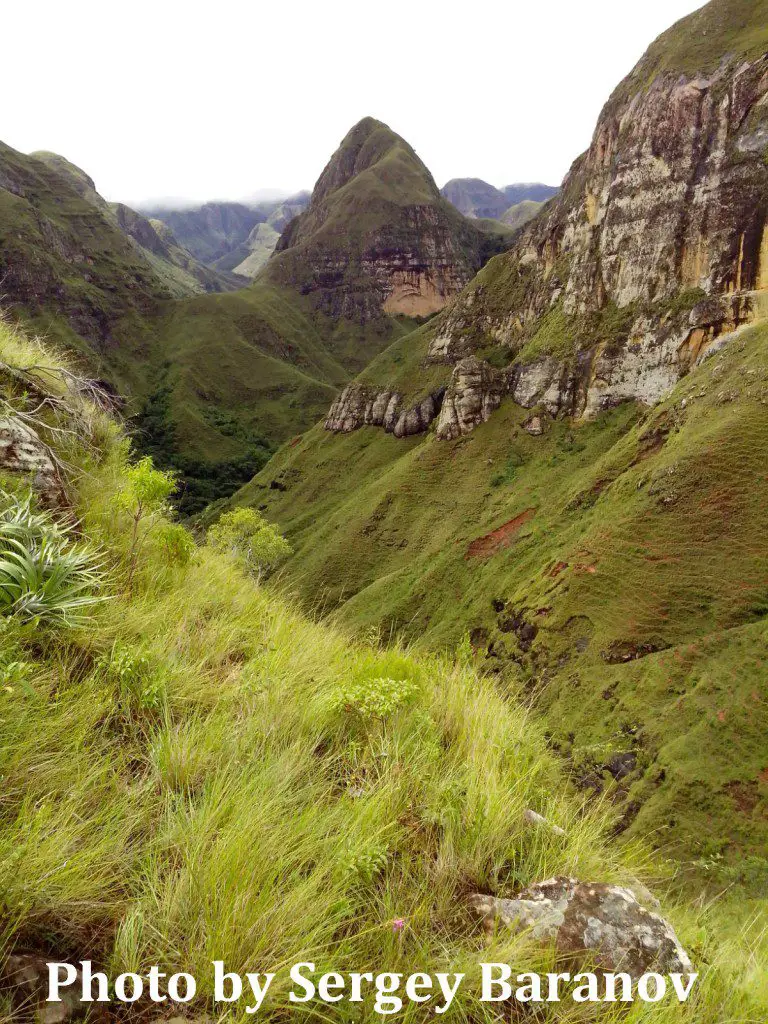
I remember our laugh while being deep in the sacred medicine when he said: “if only my students would see me now”. His appearance at that moment was somewhat incongruent with the image of a professor, lecturer and a frequent guest on the national TV.
Among the many things we talked about was my disappointment about seeing science in the West becoming more a language of dogma than a voice for discovery and the truth. He shared with me that he knows scientists, including his foreign colleagues, who are open-minded people but are free to share unconventional views only in private.
During our numerous conversations on different topics, one thing he said was especially touching: Once during the ceremony, after sharing a long silence while gazing at beautiful snow peaks of the magnificent Andes, he told me that this – referring to his shamanic experience – was the missing link in his life.
Hearing these words from a scientist of his rank was significant. I could easily write a chapter or two about this man, going through memories which were created during the two weeks we spent together – and I still might in the future. But for now I will limit myself to just one more episode of our journey in Bolivia which I thought was rather funny.
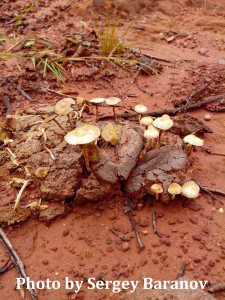 It was toward the end of our travel when while walking in the mountains, I found what appeared to be a psilocybin mushrooms growing out of a cow feces. What struck me most in that moment was that my first thought was to get it analyzed in the lab, and only second – testing it myself.
It was toward the end of our travel when while walking in the mountains, I found what appeared to be a psilocybin mushrooms growing out of a cow feces. What struck me most in that moment was that my first thought was to get it analyzed in the lab, and only second – testing it myself.
Non-Human Entities
As far as describing our time exploring the caves, it would be hard to convey in words the feeling of being in an altered state of consciousness, silently looking at these pre-historic paintings, which I feel could pre-date the last ice age by tens of thousands of years.
Who were these artists and who were they depicting on the walls?
These aren’t bulls and bison, hunting scenes or abstract patterns like those found in the caves in France and Spain – these are depictions of non-human entities. They could be either inter-dimensional beings (which are often encountered after ingesting tryptamine-related plants) or extraterrestrial visitors making appearances in great antiquity. I didn’t want to rush to discount the first possibility, even though my personal encounters with inter-dimensional entities weren’t so graphic. I never saw their faces in the kind of detail depicted here, rather silhouettes of presence of self-conscious beings.
In any case, I felt that more research and exploration is needed to get closer to an answer. Our next expedition to the remote Bolivian highlands and its mysterious caves will be our attempt to find more puzzles that together help to form a picture reflecting the distant past.
Stay tuned…
Waking Infinity: Interview with Sergey
Not long ago, Sergey Baranov was interviewed by film maker Ben Stewart for a new episode of his show “Waking Infinity”. In this interview, Sergey discusses his introduction to shamanism and his mission to share his message with the world.
About the author:
Born in 1976 in the Soviet Union, Sergey Baranov lived in different countries before moving to his present home in Peru.
Sergey is an author and a political observer who contributes his time to exposing injustice, corporate greed and government corruption seen rampant these days worldwide. He is convinced that by raising awareness over important issues such as destruction of the planet and loss of personal freedom, true change can be brought into the world. He also believes that through the connection with Nature humanity is capable of waking up to its humanness and defend the right to exist and enjoy a healthy social and natural environment, the birthright of each human being.
Sergey’s involvement in politics has come out of necessity not desire. He would much rather spend his time writing about the nature of reality, spirituality and other subjects dear to his heart. However, realizing the interconnectedness of the whole life on Earth, he thinks it would be irresponsible to ignore these issues and sees Wake Up World as an avenue to express his political views which have now become a part of his life.
You can learn more about Sergey in his book “Path”, available here on Amazon, or follow Sergey via Facebook.com/Sergey.Baranov.921.
Recommended reading by Sergey Baranov:
- The Business of War is the Cause of War
- Psychedelic Spirituality
- Government Is Not Your Friend – It’s Your Employee
- Living In A Dying World
- Why Consciousness Expanding Plants Are Feared And Deemed Illegal
- The ‘New World Order’ For Dummies
- STOP! Nuclear War Ahead
- From RoboCop to RoboBees – Is This The World You Want To See?
- Precious Metals vs. Precious Life: Destruction Of The Amazon
- What Will It Take To Bring About Real Change?
- Internet Freedom? How Government Attempts to Subvert Freedom of Speech and Freedom of Press

If you've ever found value in our articles, we'd greatly appreciate your support by purchasing Mindful Meditation Techniques for Kids - A Practical Guide for Adults to Empower Kids with the Gift of Inner Peace and Resilience for Life.
In the spirit of mindfulness, we encourage you to choose the paperback version. Delve into its pages away from screen glare and notifications, allowing yourself to fully immerse in the transformative practices within. The physical book enriches the learning process and serves as a tangible commitment to mindfulness, easily shared among family and friends.
Over the past few years, Wake Up World has faced significant online censorship, impacting our financial ability to stay online. Instead of soliciting donations, we're exploring win-win solutions with our readers to remain financially viable. Moving into book publishing, we hope to secure ongoing funds to continue our mission. With over 8,500 articles published in the past 13 years, we are committed to keeping our content free and accessible to everyone, without resorting to a paywall.

